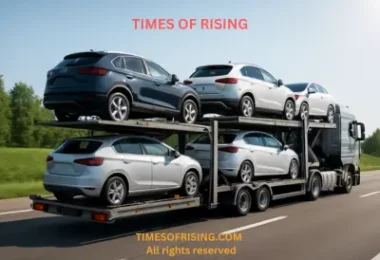As the effects of the economic impact of COVID-19 crisis continue to spread and spill over the advertising industry, advertisers are facing the challenge to adapt the advertising message and tactics. At the end of March, Gartner reported that 65% of chief marketing officers (CMOs) surveyed were planning to cut marketing budgets as a result of business disruptions from the coronavirus. The survey showed that 34% of businesses expect “reduced levels of business operations” due to COVID-19.Agencies will be required to change their advertising method. The traditional out-of-home advertising in malls, at bus shelters, will be fast replaced by in-home advertising. The lockdowns will keep people more distanced and inside their homes. Hence, the best ways to reach the audience will be to take your advertising message to them indoors.
Adzze has been re-imaging the advertising tactics and adapting to a more sensitive message. The operation team has working on extending its capabilities to offer advertising concepts that can reach the consumers at their safest place: at home. One of these methods uses pizza boxes as advertising space. Think of this as small moving billboard that that consumers will receive in their home. Surveys indicated that this type of tactics can trigger an 80% recall rate (8 out of 10 individuals recall seeing an ad on the pizza box) with an average ROI of 150%. This means, for every 1 dollar the advertiser invested in a pizza box advertising campaign, they received at least additional 2.5 dollars of sales. For more details in the article Estimating the ROI of Pizza Box Marketing.Branded vehicles are a common sight on many roads, especially in upmarket areas. According to survey data by Outdoor Advertising Association of America (OAAA) and Nielsen, vehicle advertising generates high impression levels. Unfortunately, this medium of advertising is unable to shake off the demerits of the broad outdoor advertising industry.
Impossible to measure the impact of vehicle advertising
Indeed, vehicles wrapped with banners containing ads can cover huge geographical regions in a day. For example, a taxicab with an ad wrapped around it can generate up to 80,000 impressions in a day. Sometimes, the impressions generated are higher especially if the vehicle operates in a densely populated city. Nonetheless, a big challenge emerges when an advertiser has to quantify the impact of such a marketing campaign. Usually, wrapped vehicles catch that attention of many people. However, there is no guarantee that the people who saw the beautiful banner will buy from the company.Additionally, measuring the impact of vehicle advertising is hard because the impressions do not lead to conversion. Well, the target audience might see the ad, but do they follow up to find out more about the company? Further, designing an ad campaign based on a wrapped vehicle makes it impossible to target the audience. There is no way to target certain people in a multitude of commuters, cyclers, and drivers in the city.
Cost of outdoor advertising
There are factors that influence the high costs. Besides the cost of installing a billboard, advertisers may end up paying maintenance costs. This may eventually push the trues cost of billboard rental to unsustainable levels. The costs of billboards depend on format, circulation, demographics, and impressions. Traditional billboards cost $14,000–20,000/month in larger markets. With the cost of billboard/month, the advertiser can place its message on 40,000 coffee sleeves to 40 different coffee shops during the same period of time.There is an unproven assumption that billboards are effective. In fact, several publications demonstrated the lack of targeting and tracking, low engagement with the target audience, high costs, low ROI and in many cases the issue of visual pollution and low brand recall. The targeting issues very often are addressed with alternative approaches as mobile billboards, digital OOH, ads on trucks and ads in places people don’t expect as flags, backpacks, inflatable objects, gas pump and balloons.
The Billboard Industry will change after the pandemic
Recently the Interactive Advertising Bureau surveyed nearly 400 media buyers and brands. The results were surprising: 74% think the coronavirus pandemic will have a larger impact on their advertising spend than the 2008 financial crisis. According to the President of Interactive Advertising Bureau, David Cohen, “Typically marketers will press pause for a moment, take a breath, assess the situation, replay and reevaluate.”The use of mobile OOH methods will most likely experience more decline in the coming months, given the fact when the economy re-opens, people will still be cautious and stay more at home. Mobile advertising using trucks, buses and others will be fast replaced by in-home advertising. The impact of COVID-19 has kept normally mobile citizens inside their homes. Hence, the best ways to reach your audience and maintain brand visibility will be to take your products and services to them indoors, as it will be clearly unprofitable to place adverts on advertising vehicles that no one is seeing.

















